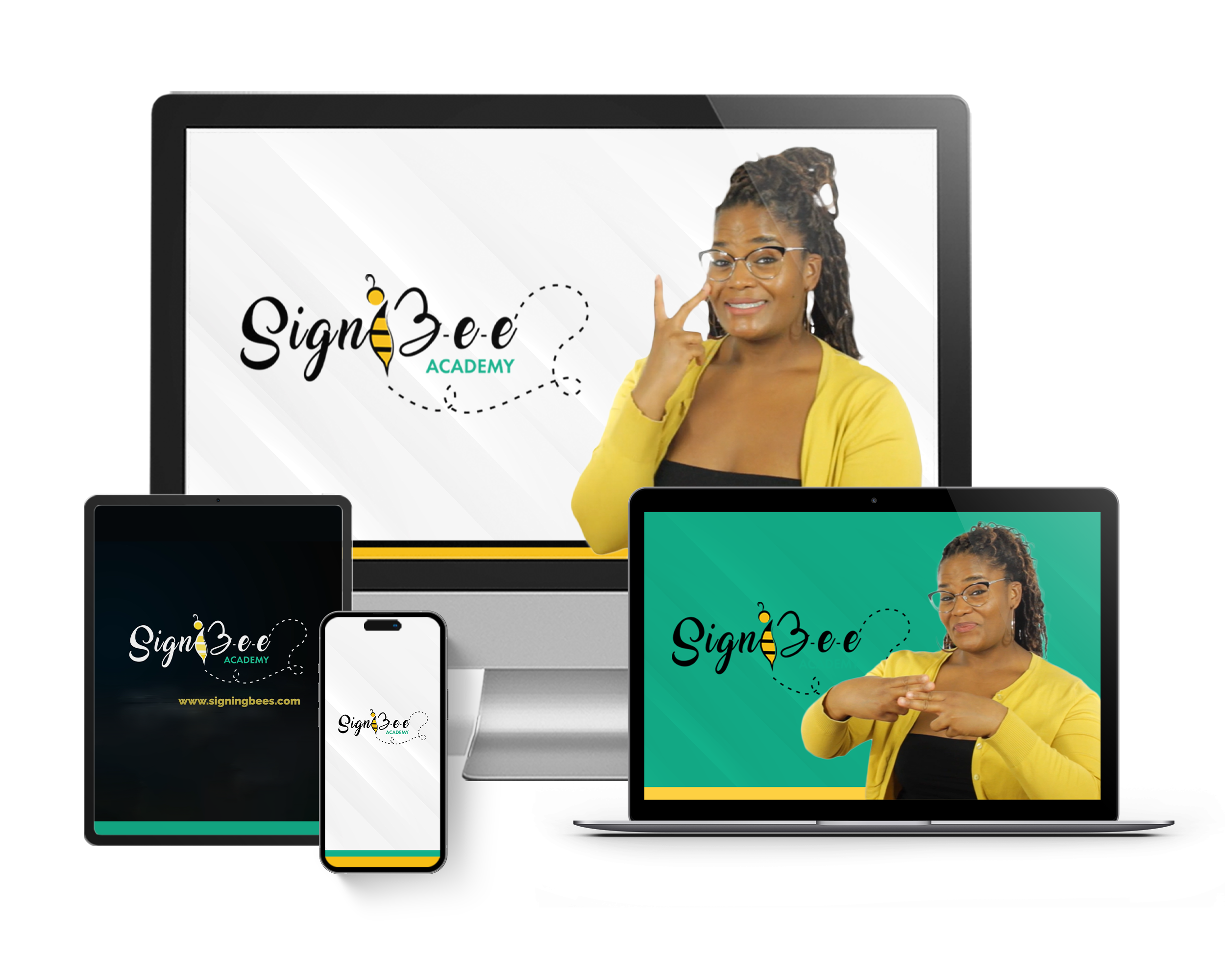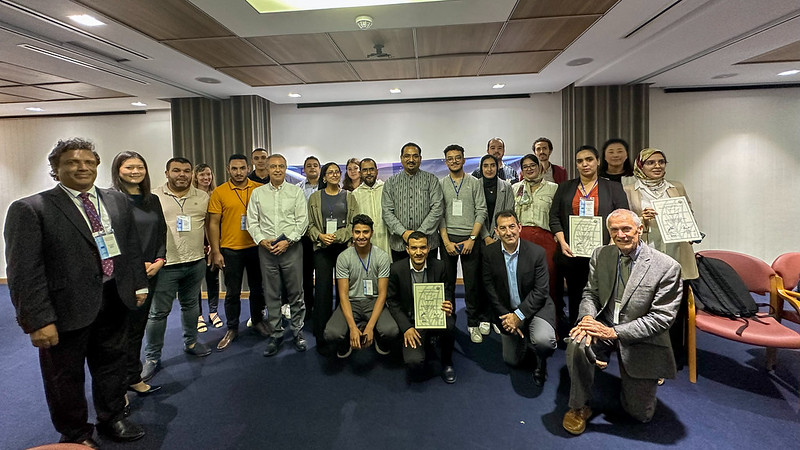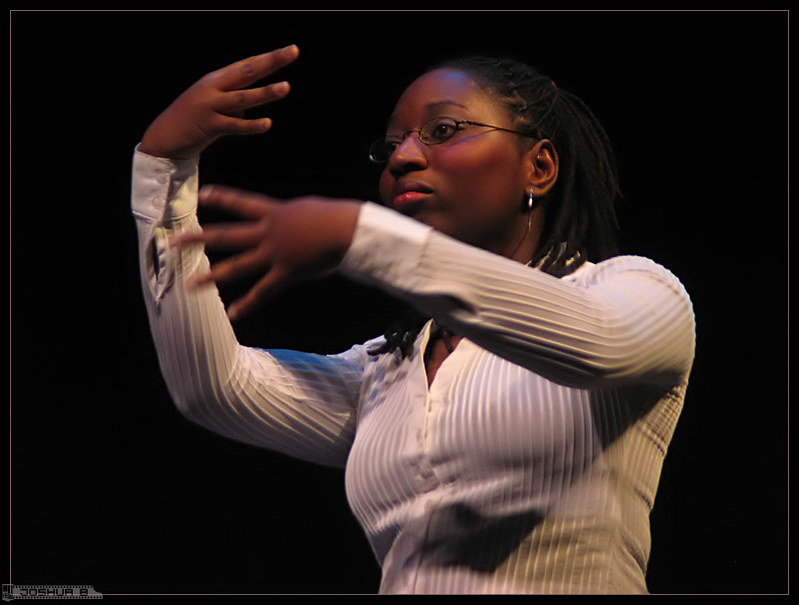You might want to learn ASL as your first attempt at being multilingual, as a hobby, as a challenge, or nobly to aid your communication with deaf or hard-of-hearing individuals, whatever reasons you might have, it shouldn’t stop you from understanding the multi-dimensional benefits of learning American Sign Language (ASL). Let’s see what the ten most essential benefits of learning ASL are in this article.
ASL is a Communication Gap Bridger
There are times when hearing individuals are confronted with the reality that spoken languages (of any kind) do not necessarily meet all communication needs. These confrontations usually take place when these hearing individuals come across deaf or hard-of-hearing individuals.
It is at these times the blessing of ASL is sought after, to communicate with deaf and hard-of-hearing individuals. Every individual is likely to have the opportunity of meeting one deaf or hard-of-hearing individual throughout their lifetime because as of the year 2021, it was recorded that there are about ten million people who are hard of hearing and one million who are functionally deaf.
ASL Fosters Easy Access to Deaf Culture
The Deaf Culture and communities are not a set of beliefs and practices simply reserved for those who are deaf. Whether it’s a person learning ASL but one with the right attitude of accepting and treating the deaf as equals or a person with deaf relatives, anybody, hearing, deaf or hard of hearing is welcome to join a deaf community and embrace the deaf culture.
Every culture has its language and that culture is better understood and appreciated via this language. The same applies to deaf culture and ASL.
ASL Enhances One’s Empathy
Imagine watching a deaf or hard of hearing person trying desperately to communicate something to someone and the frustration of not being able to because the person doesn’t understand ASL is written all over their faces. How do you think such individuals will feel when you who does understand ASL walk into the room? Relieved, grateful, calm, etc. That’s what empathy is. It places you in a position where you understand and can share what another person is feeling.
With ASL, you can understand a deaf person, communicate with them, and also help them communicate with others when they desperately need to and the party being communicated to, can’t understand them.
ASL Subtly Widens Job Opportunities
Image by Flazingo Photos on Openverse
Learning ASL not only provides a wide range of job positions ranging from interpreters, special education teachers, ASL content creators, and captioners to Advocates for the deaf and hard of hearing, but it allows one to gain access through these positions and more, into different sectors of the economy including health, technology sector, etc.
ASL is a Personal Growth Tool
Going out of one’s comfort zone to deliberately and completely learn a new language is a clear sign of personal growth and the good thing about this step to growth is that it enhances the person involved in many different ways. Like in the case of learning ASL, a person gains self-confidence (which is a major element of social development), this is especially true for deaf and hard-of-hearing individuals.
To learn a new language you need to have patience and perseverance and a readiness to adapt to various scenarios requiring the use of that language. All of these are agents that promote personal growth, therefore, ASL can serve as a personal growth tool.
ASL Grants a Wider Social Perspective
Sign language is a global language. ASL gives one easy access to the deaf culture and any deaf community as we’ve discussed earlier. As a result of this, such a person becomes more culturally aware and open-minded (offering a broader social perspective) compared to someone who doesn’t understand ASL and is neither a part of deaf culture nor community.
ASL promotes inclusion and diversity, a philosophy appreciated all over the world.
ASL Creates Advocacy Opportunities
Those who are proficient in ASL are usually viewed as people who understand deaf individuals. This is partly true because they can communicate more with deaf and hard-of-hearing individuals who use ASL. Therefore, for some of these people, being able to understand ASL gives them the advantage of raising deaf culture awareness, promoting deaf representation on different platforms including social media, and supporting deaf artists and creators (not out of pity because they truly understand what they are communicating).
A lot of advocacy opportunities are out there for those willing to go the distance for the deaf and hard-of-hearing individuals.
ASL Improves the Parenting Skills
Parents with knowledge of ASL can easily teach their kids baby sign language and parents who can use baby sign language with their kids bond well with them. Ability to bond with your kids is always a useful parenting skill.
ASL Improves a Child’s Literacy and Vocabulary
For kids that start their sign language learning experience by learning baby sign language, their vocabulary is built quicker than their peers. They commit to memory these words they sign and the pictures of signs that they see. Their visual and brain waves are sharpened.
ASL is a Lifelong Skill
Just like learning to drive remains with a person and doesn’t suddenly leave a person’s brain even when they aren’t driving, the same applies to learning a language. Deciding to learn ASL is a skill, a lifelong skill. When you choose to use it regularly, you’ll find you don’t want to let go of it and you can’t let go of it even when you try to.
Conclusion
Have you ever found yourself in a situation with deaf or hard-of-hearing individuals who understand ASL but are in distress–an emergency to be precise? If you didn’t know ASL, how did you feel being unable to communicate with them? And if you did and were able to, how did it also make you feel?
Learning ASL has become a necessity. See it that way and do the right thing- learn ASL today.
SignBee Academy is urging you in the right direction. With ASL easy-to-learn resources, you can learn ASL and be sure to make an impact in the lives of others, especially among deaf and hard-of-hearing individuals.
Thumbnail Photo Credit to: Image by Pasco Schools on Openverse





